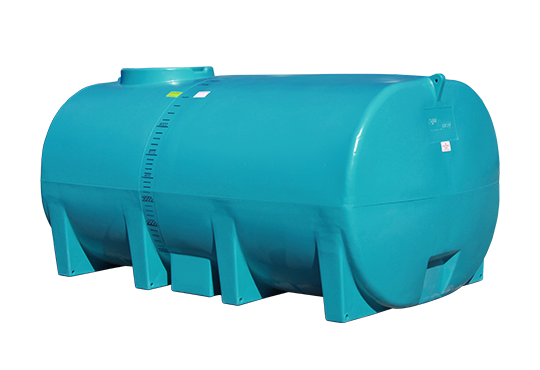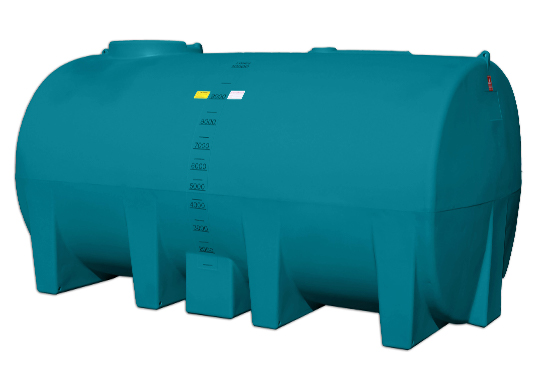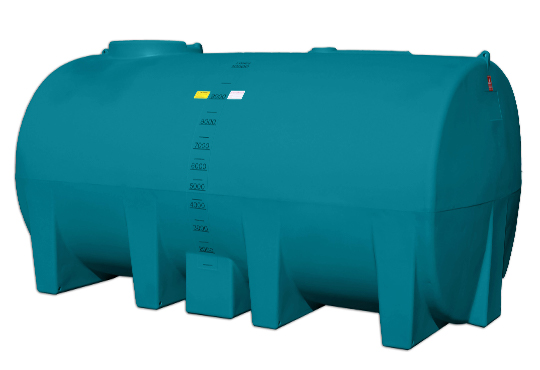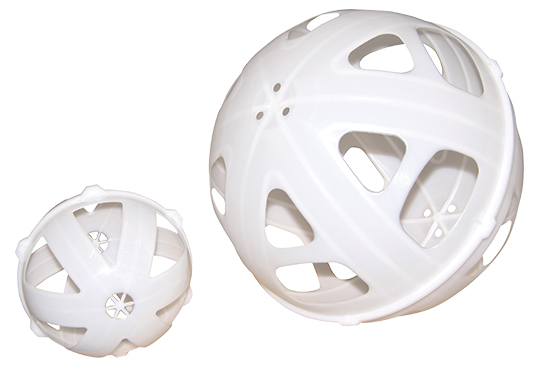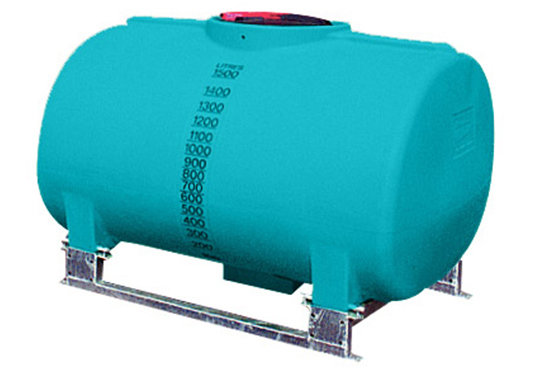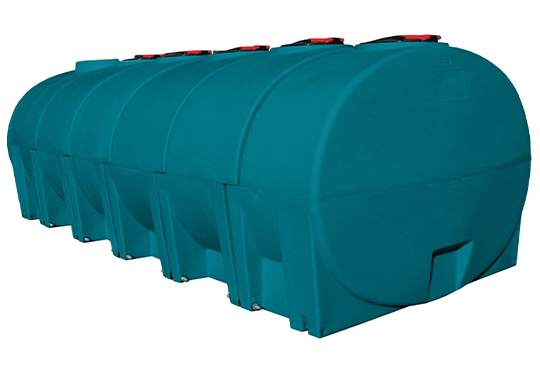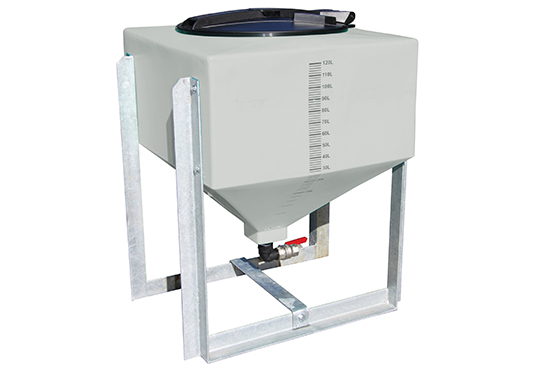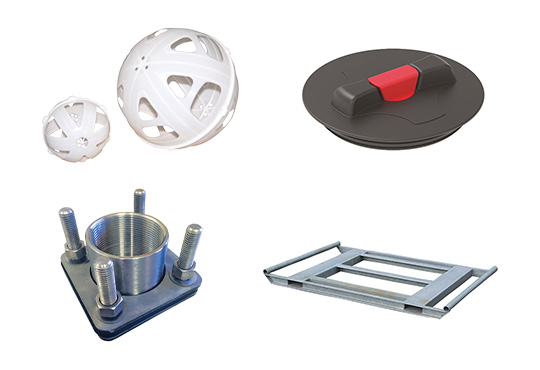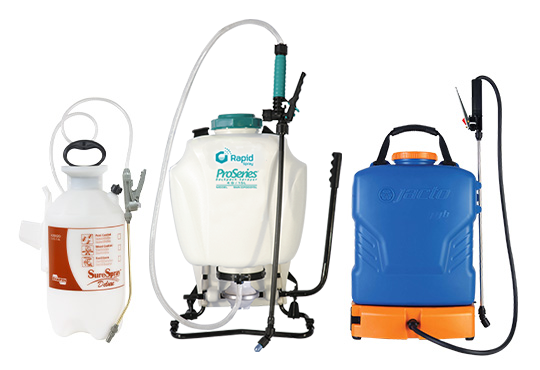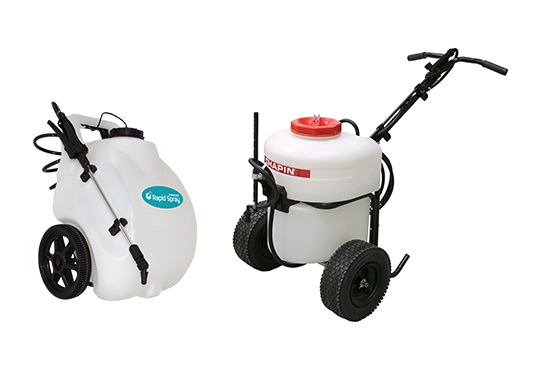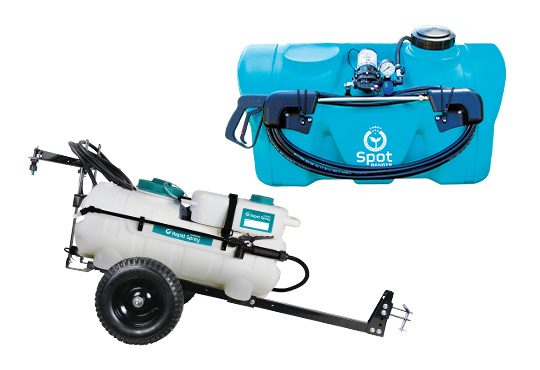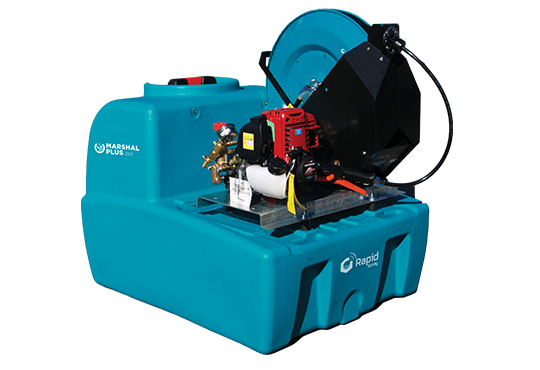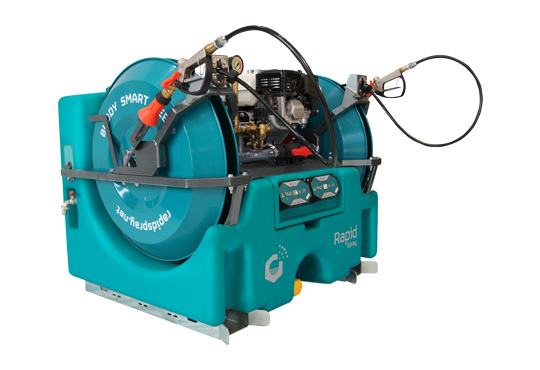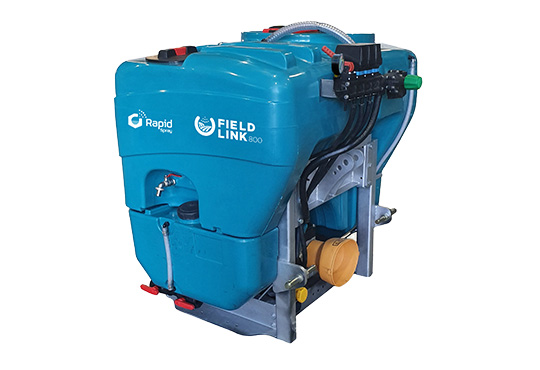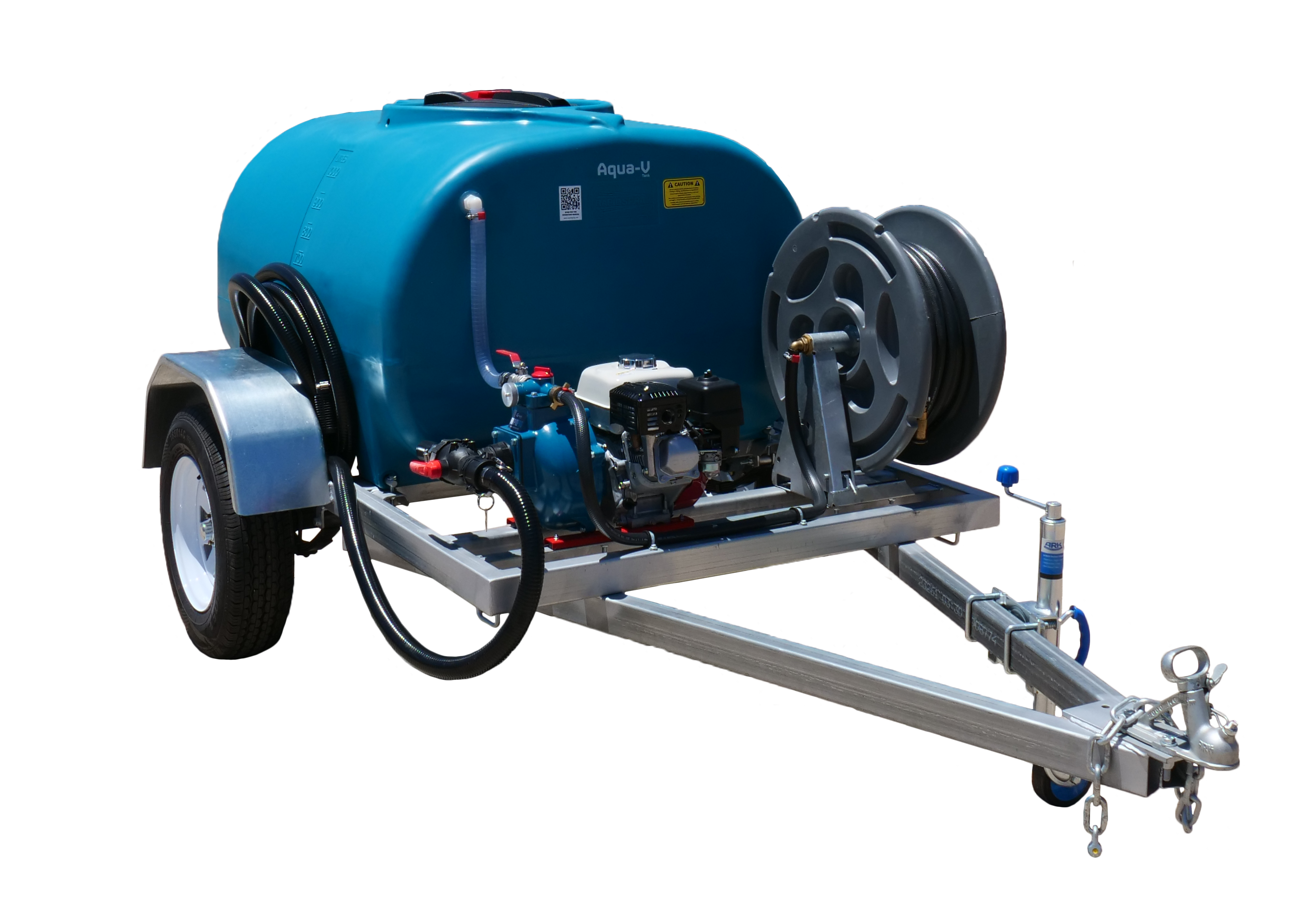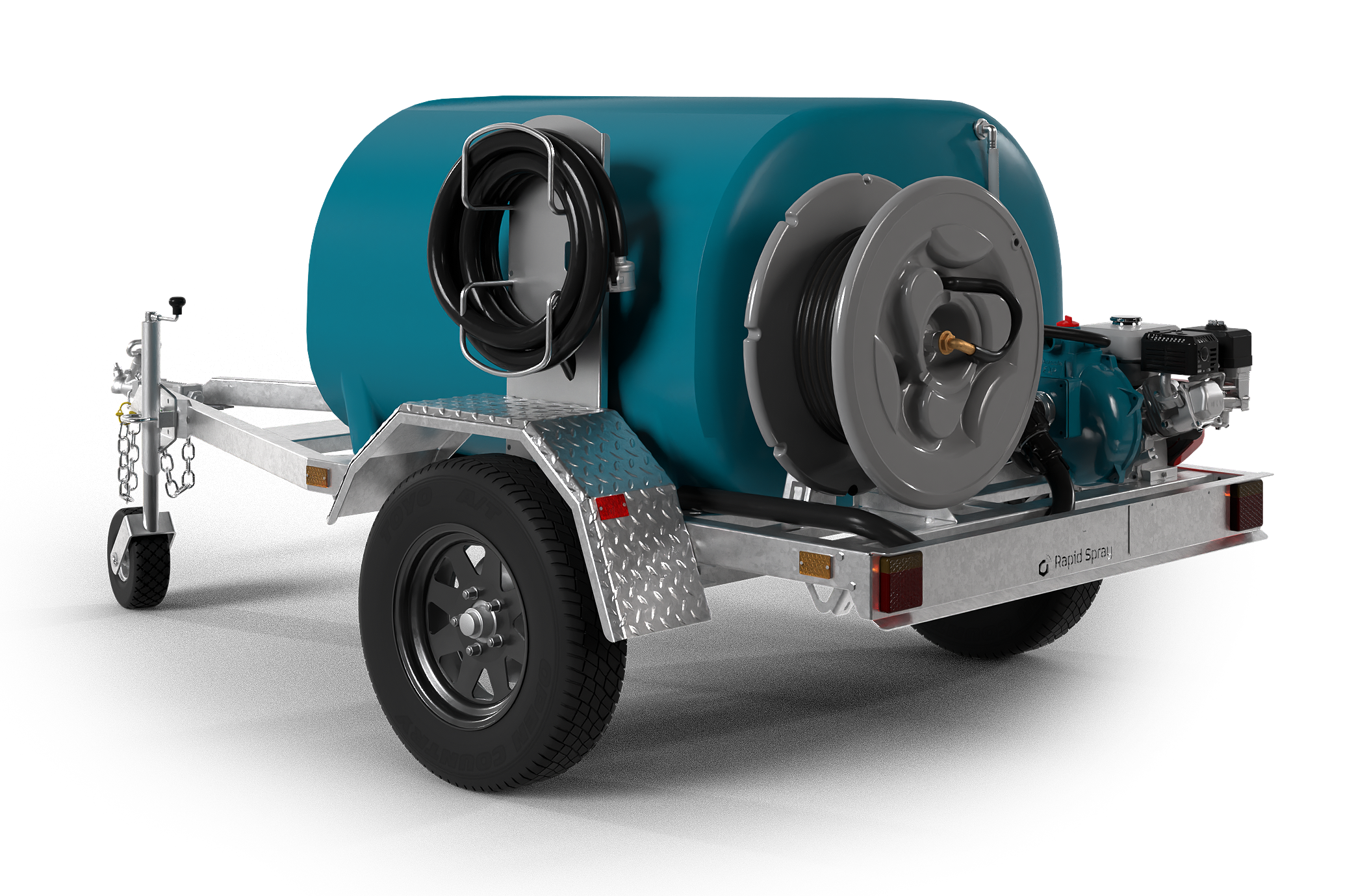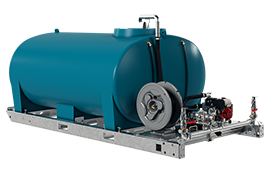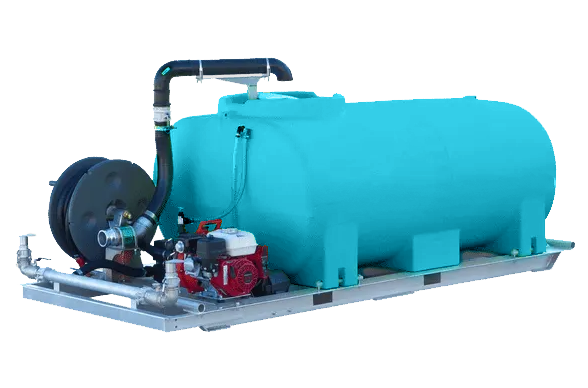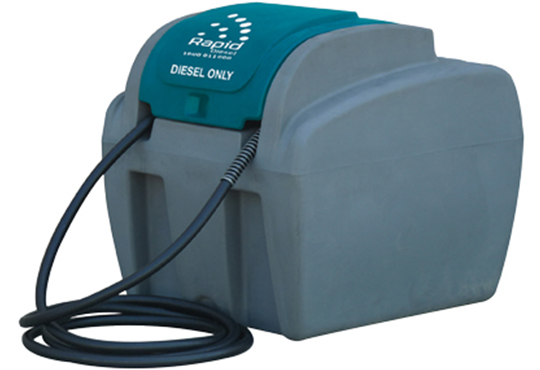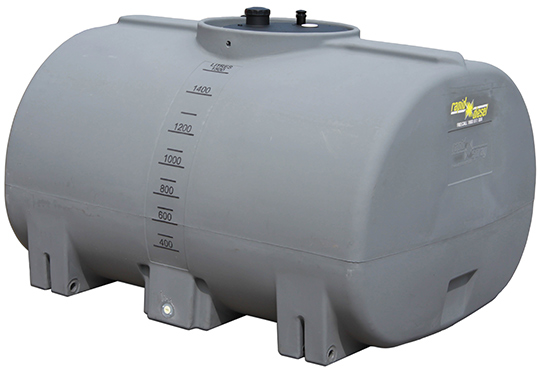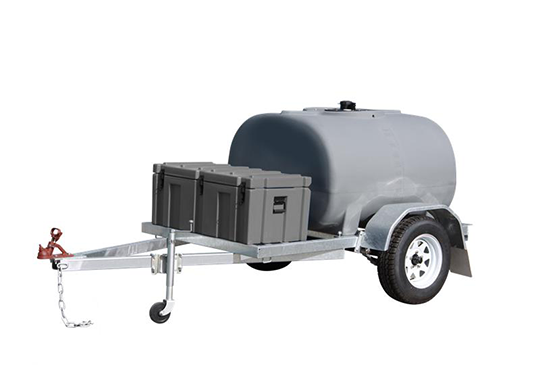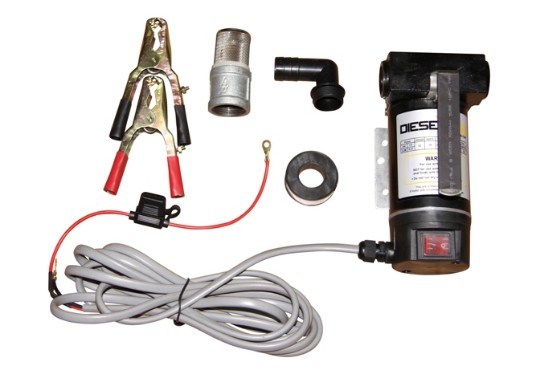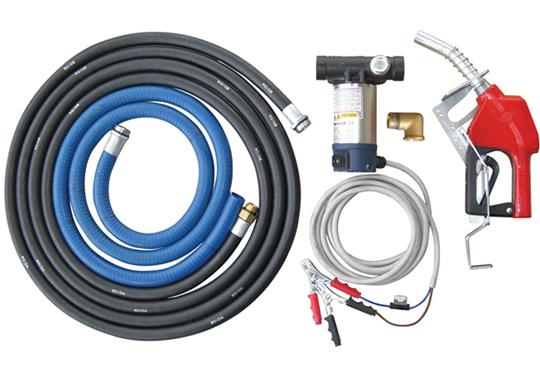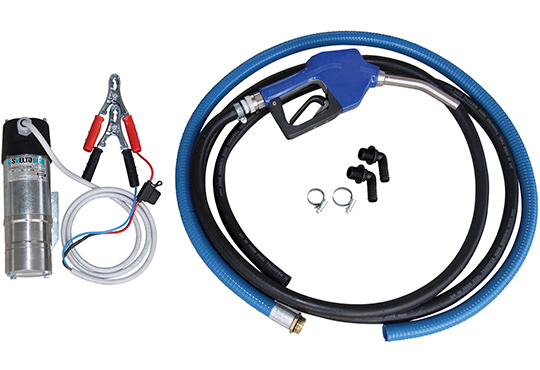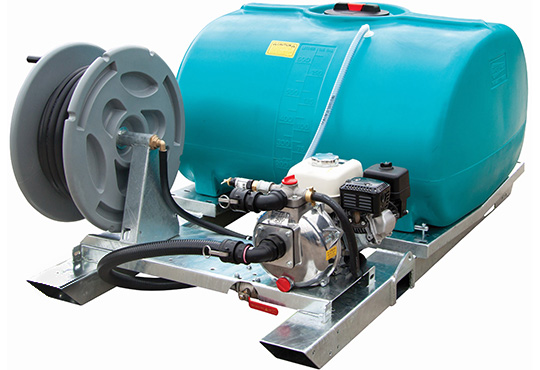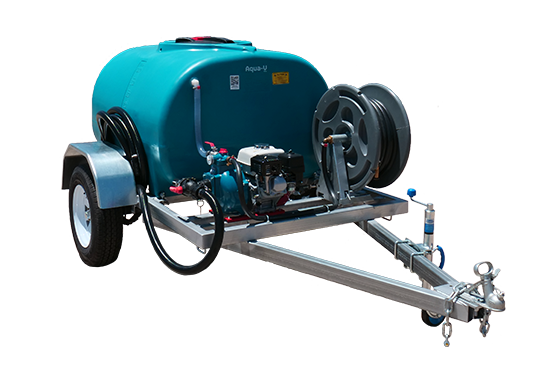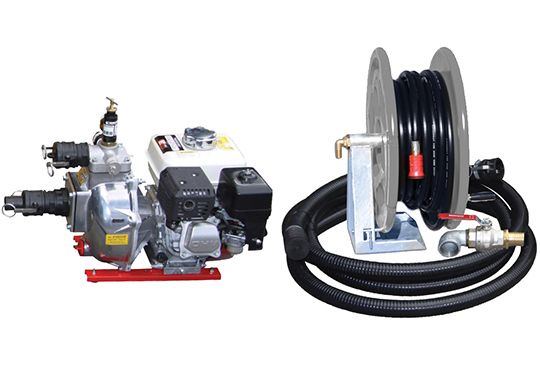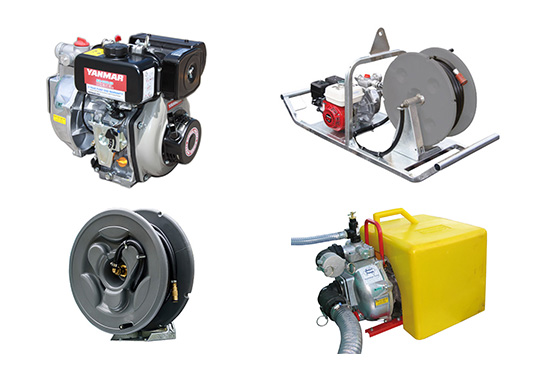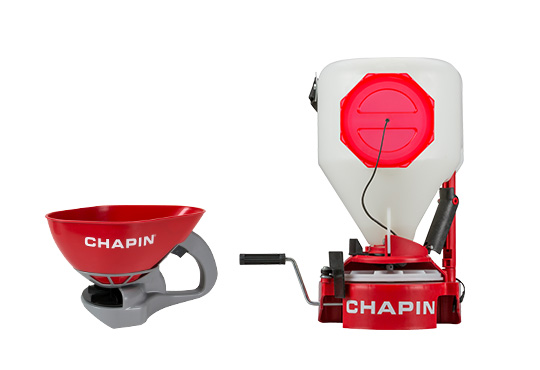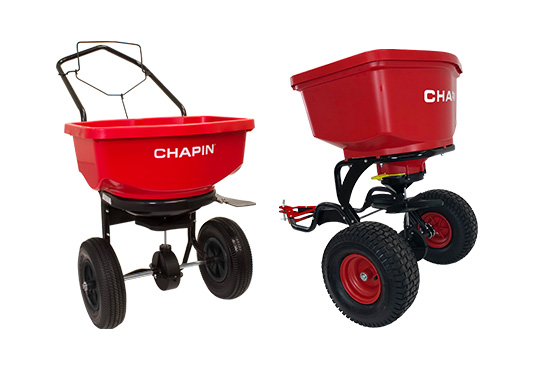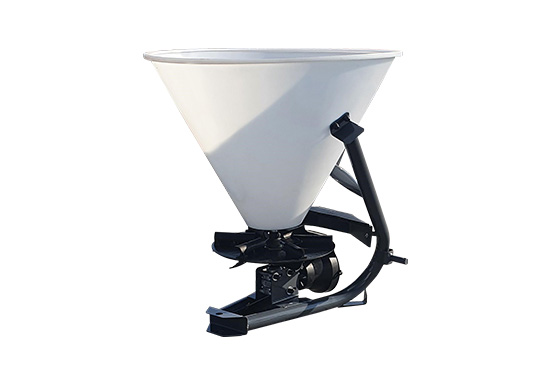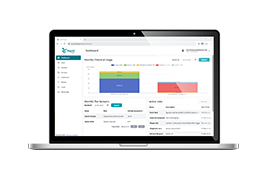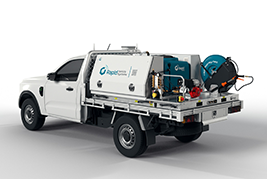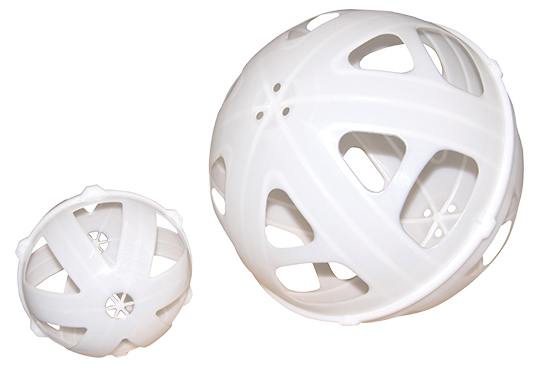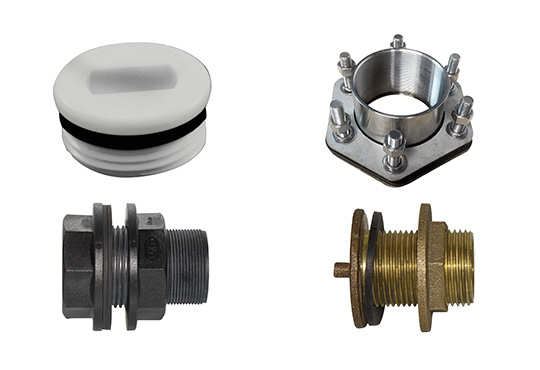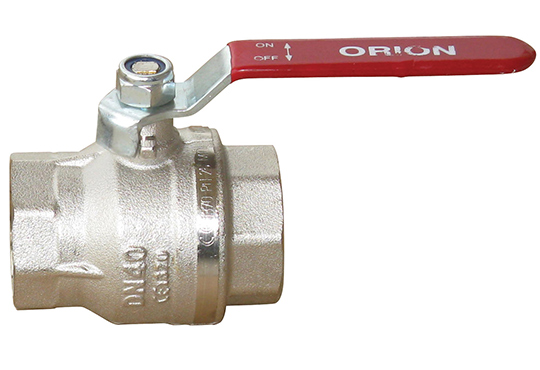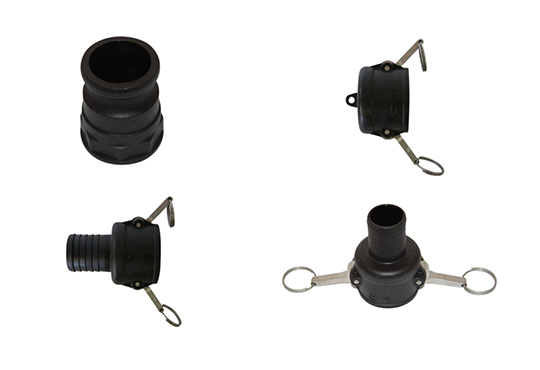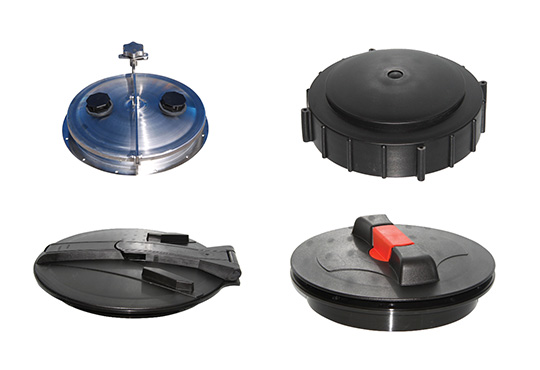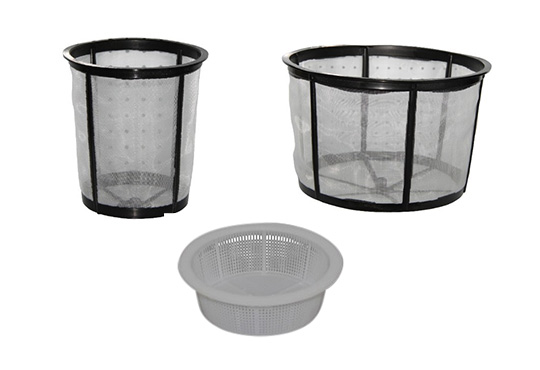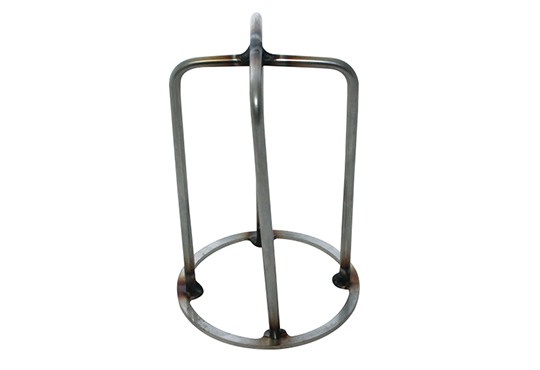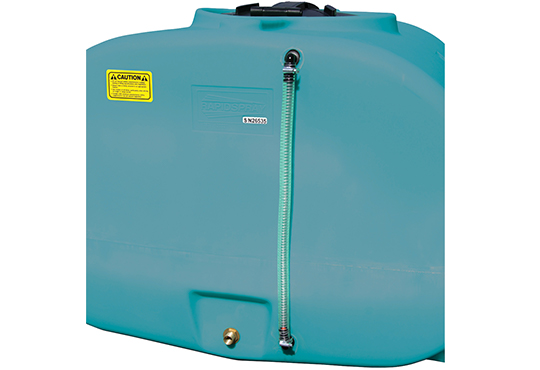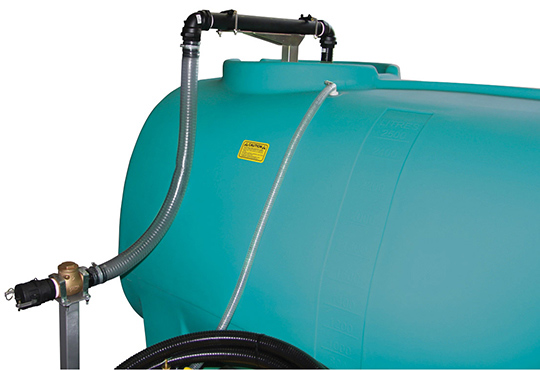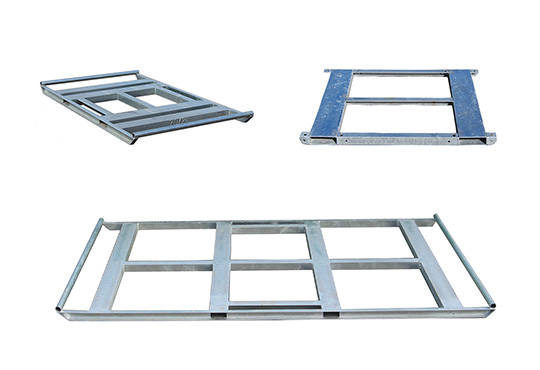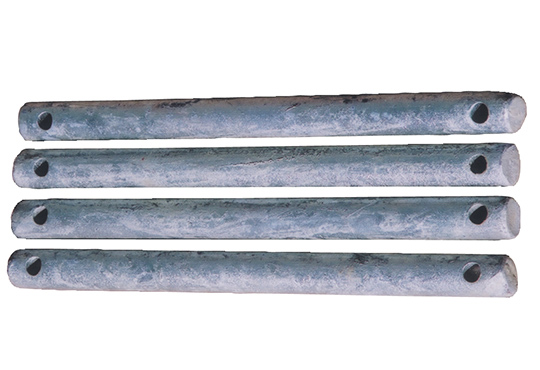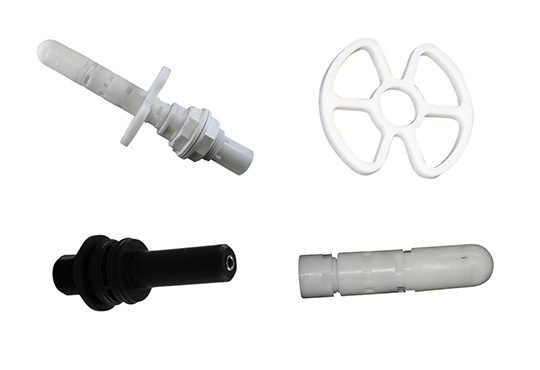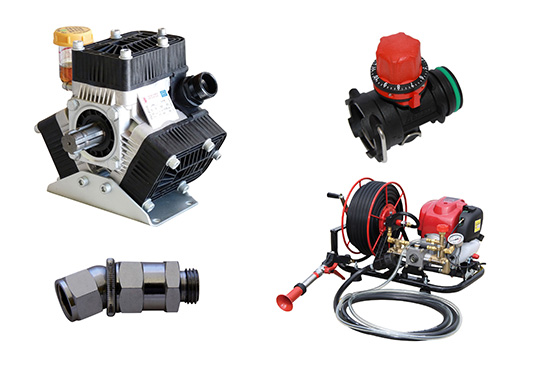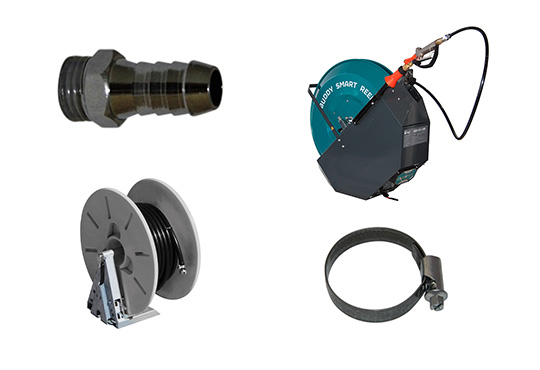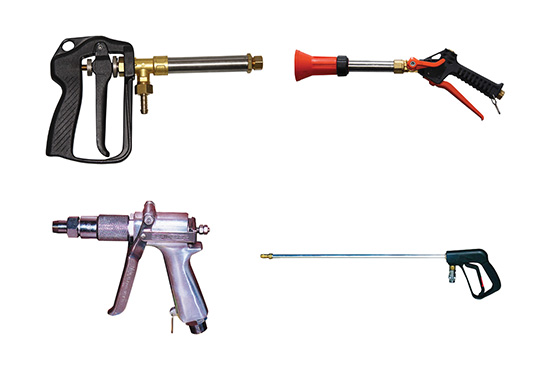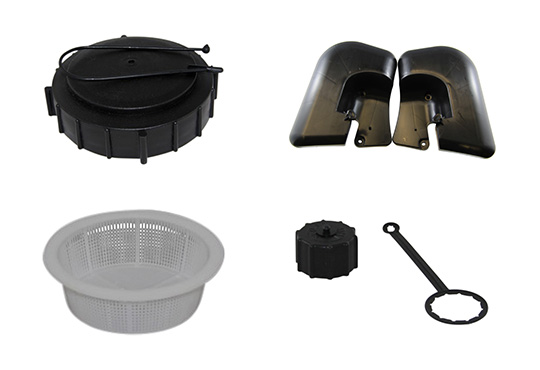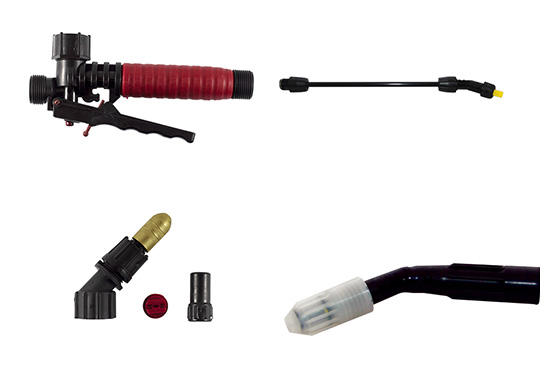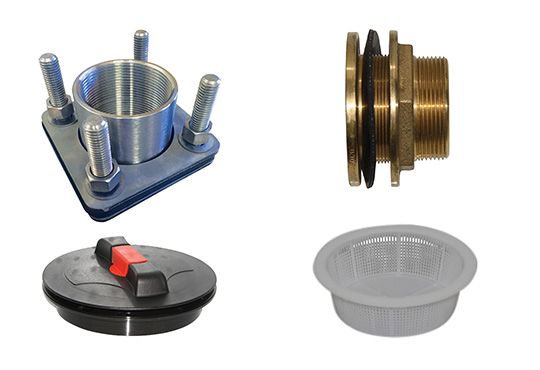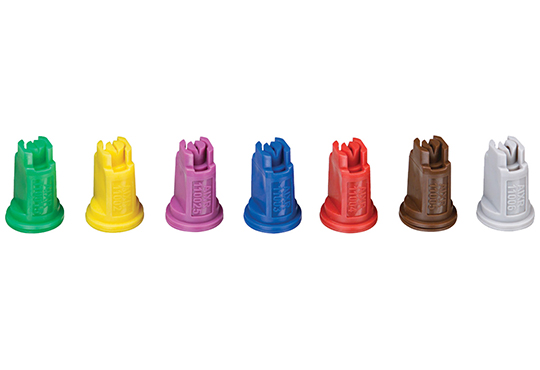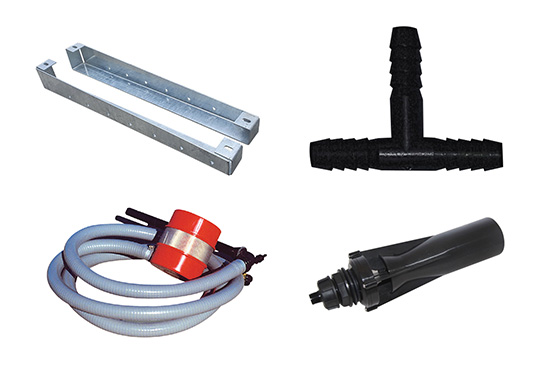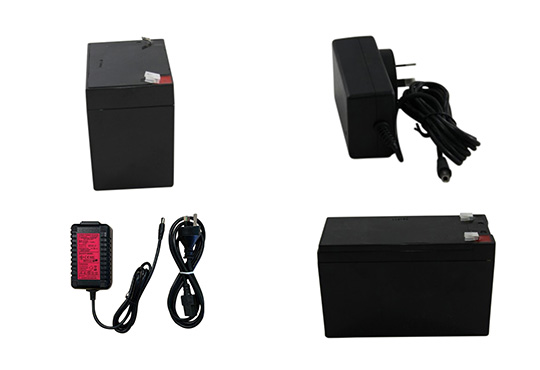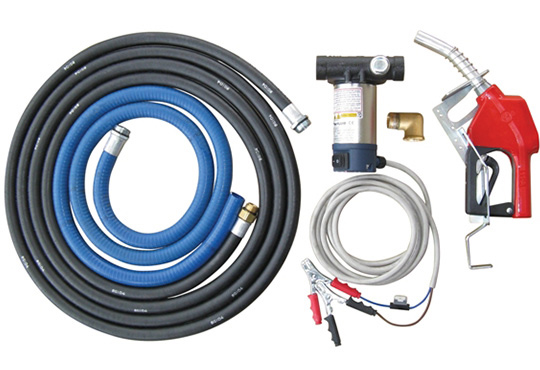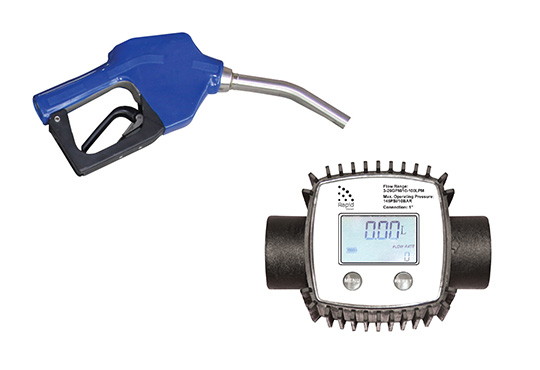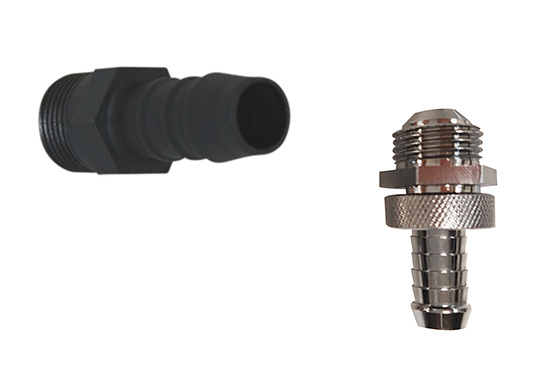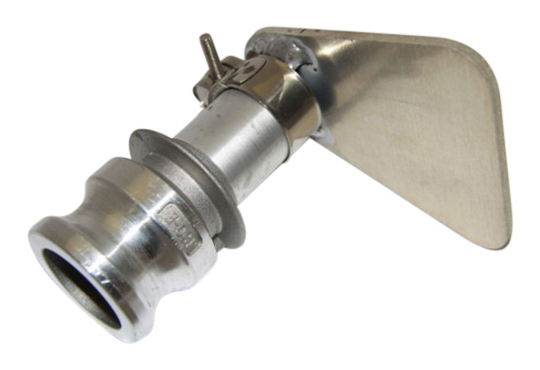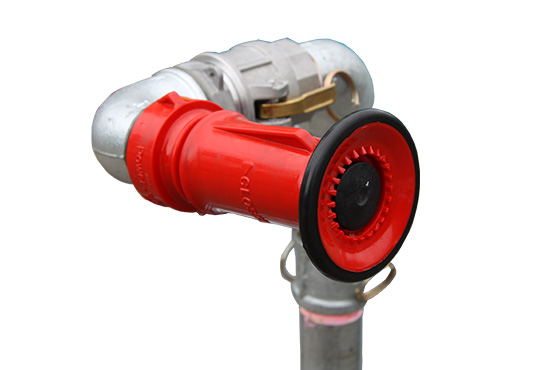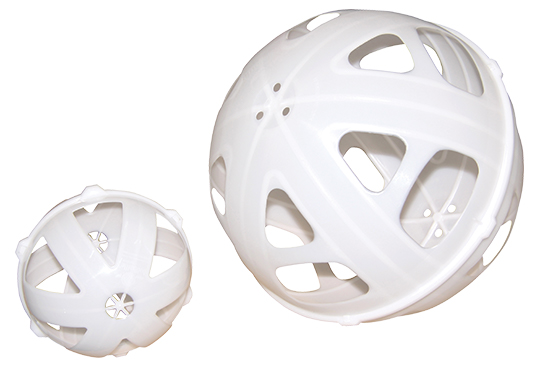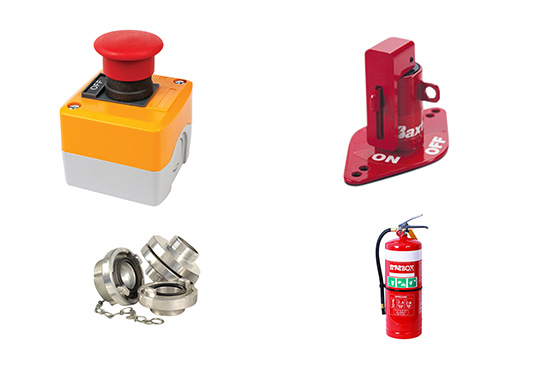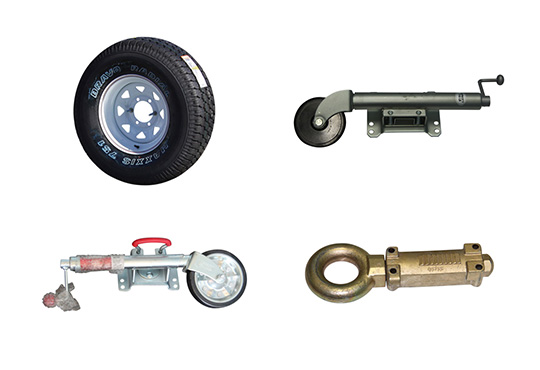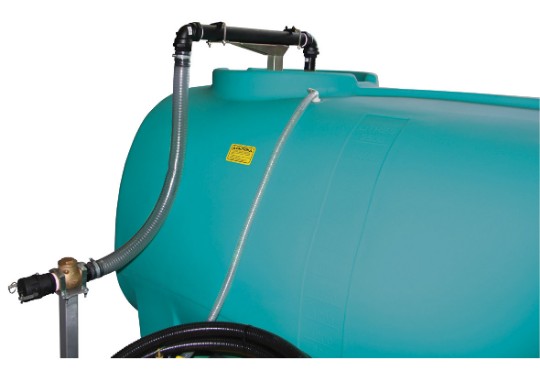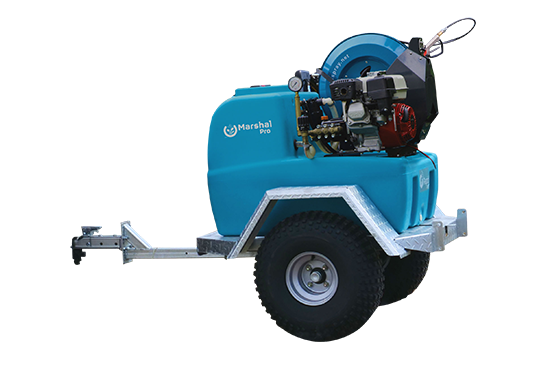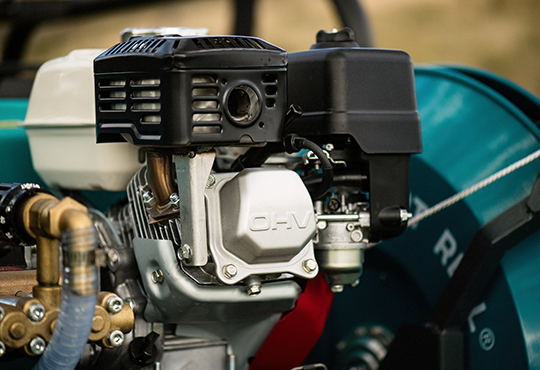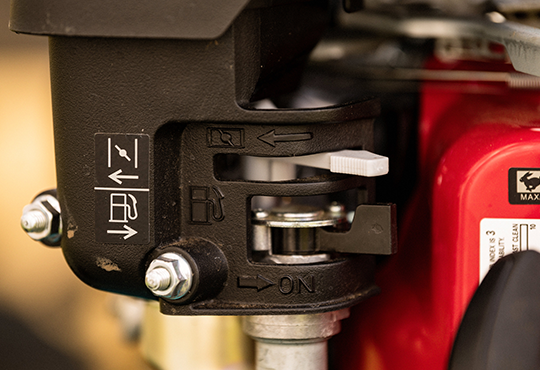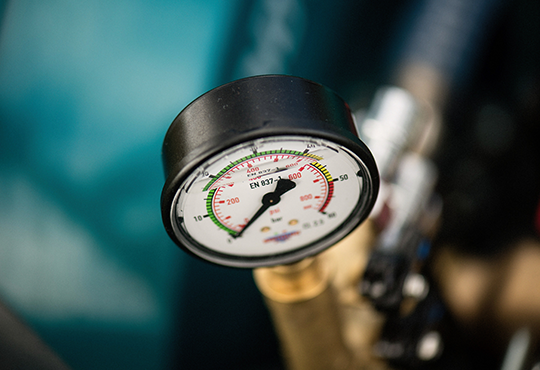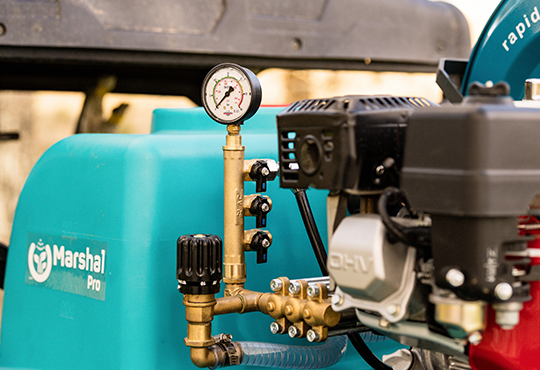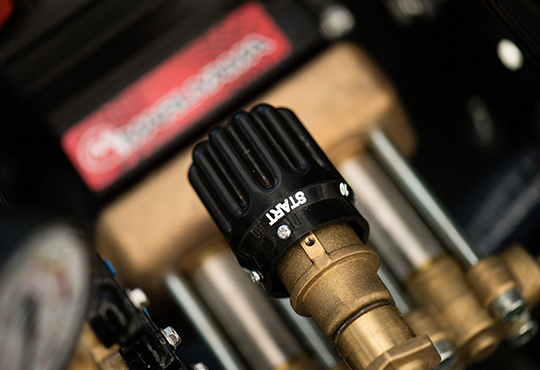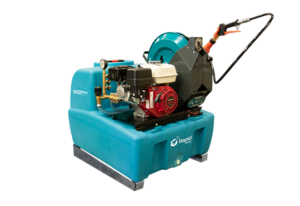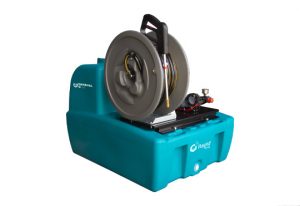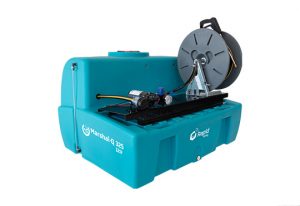Showing overall specifications
250L Marshal Pro with Hose Reel & ATV Trailer
*ONLY AVAILABLE FOR 250L MARSHAL*
Introducing the 250L Marshal ATV Trailer, with its inverted axle giving you two length options differing by 100mm. Mounted through ball coupling hitch. Only fits 250L spraying units.
VIEW PARTS BREAKDOWN VIEW SPARE PARTS
- 250L Marshal Pro unit
- High quality galvanised steel
- 50mm tow hitch
- Single axle
- 22″ high flotation tyres
- Rear boom mount
- To confirm stock or lead time contact us or visit your local dealer.
$9,550.00 – $13,044.00
FAQs
Is this product made in Australia?
Yes! This tank is made in New South Wales, Australia and comes with a 15-year tank warranty.
What type of oil can be used in this pump?
We recommend 10w-30 for this pump, however always consult the pump manual for your unit.
Why won’t my pump prime?
Cause: The motor is idling too low, or the suction filter or hose is loose, allowing air instead of water.
Solution: Increase the engine RPM above idle to engage the clutch properly. Ensure the suction filter is securely attached to the pump.
Why is the pump losing pressure or fluctuating?
Cause: Possible air leaks, blocked intake, or filter issues.
Solution: Inspect and tighten all hose fittings and clamps. Check the intake hose for kinks or blockages. Ensure the filter cap is properly engaged and the gasket is intact.
Why is the pump motor cutting out under load?
Cause: The engine may be underpowered or the clutch isn't fully engaging.
Solution: Increase engine RPM to ensure the clutch engages fully.
Why does the pump not start?
Cause: The engine may not be engaging correctly with the pump.
Solution: Ensure the motor RPM is above idle to allow the clutch to engage properly.
Why is the pump making unusual noises?
Cause: Loose or missing screws, or debris in the pump.
Solution: Regularly check and tighten all screws. Ensure no parts are missing and that the pump is free from debris.
Sprayer Operation - BEFORE STARTING
Q: Do I need to read the manuals before using the sprayer?
A: Yes. Always read the engine and pump manuals to understand safe operation and setup procedures.
Q: What should I inspect before starting the sprayer?
A: Look for any damaged, broken, or loose parts. Replace or tighten as needed before operation.
Q: Does the engine come with oil and fuel already filled?
A: No. Engines are shipped dry. You must add the correct type of oil and fuel before starting.
Q: Why should I run the sprayer with water before using chemicals?
A: Running with clean water first lets you check for leaks, test functionality, and prevent wasting or contaminating chemicals.
Sprayer Operation - START-UP
Q: How much water should I put in the tank before starting?
A: Fill the tank halfway with clean water. This allows enough volume to check for leaks and system flow.
Q: How should I set the regulator before starting the engine?
A: Turn the regulator to the ‘START’ position (or ‘BYPASS’ for compatible systems) before starting the engine.
Q: How long should I run the system before spraying?
A: Run it for about 30 seconds in ‘START’ or ‘BYPASS’ mode to remove all air bubbles from the return line.
Sprayer Operation - ENGINE OPERATION
Q: What steps are needed to start the engine properly?
A:
Turn fuel valve to ON.
Use CLOSED choke if engine is cold; leave it OPEN if warm.
Move throttle about 1/3 of the way toward MAX.
Turn engine switch ON.
Pull the starter cord briskly.
Gradually open the choke as the engine warms up.
Q: How do I set the engine speed?
A: Use the throttle lever to adjust to your desired spray pressure—more throttle gives higher pressure.
Q: How do I stop the engine properly?
A:
Move throttle to MIN.
Turn engine switch OFF.
Turn fuel valve OFF.
Sprayer Operation - SPRAYING OPERATION
Q: What should I do before I start spraying?
A: Complete the full startup procedure and ensure that chemicals are mixed properly in the tank.
Q: How do I set the spray pressure?
A: Turn the regulator to the desired pressure range (typically 10–40 bar, depending on your setup).
Q: How do I start and stop spraying?
A:
Start: Pull the spray gun trigger.
Stop: Release the trigger. The system will automatically return liquid to the tank.
Q: Should I reduce pressure before shutting down?
A: Yes. Always turn the regulator back to ‘START’ or ‘BYPASS’ to release pressure and protect the system.
Sprayer Operation - MIXING & FILLING
Q: Where should I mix chemicals?
A: Choose a safe, ventilated area away from water sources, drains, animals, and children.
Q: What’s the proper way to add chemicals to the tank?
A: Half-fill the tank with water first, then add chemicals according to the label instructions.
Q: How do I ensure proper mixing of the solution?
A: Stir manually with a paddle or run the pump briefly with the regulator in ‘START’ or ‘BYPASS’ mode.
Q: What should I do with used chemical containers?
A: Rinse them thoroughly, add the rinse water to the tank, and dispose of the containers safely according to local regulations.
Q: What’s the cleanup procedure after filling and spraying?
A: Wash off any chemical spills, clean the tank and lines, safely store leftover product, and dispose of waste properly.




